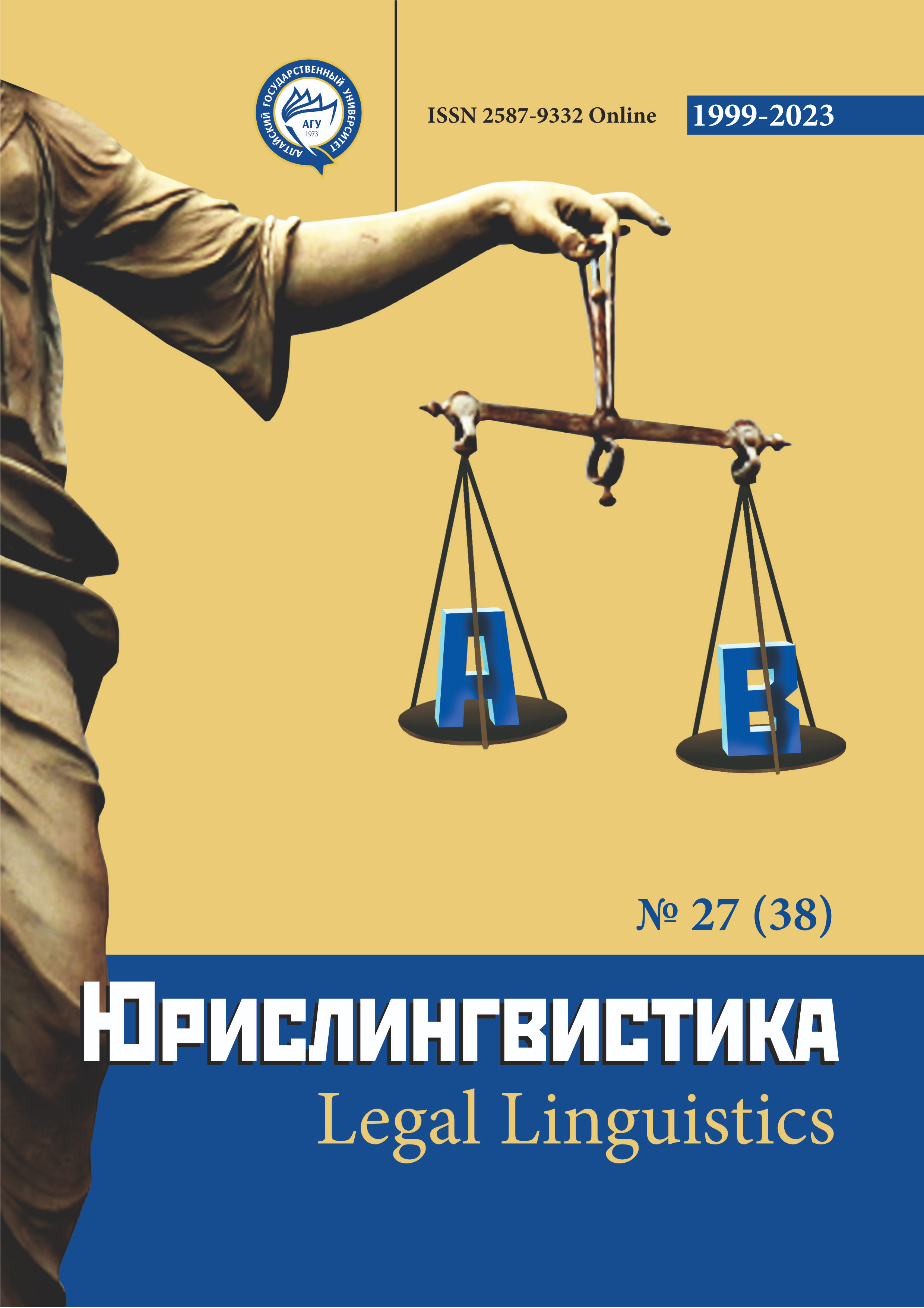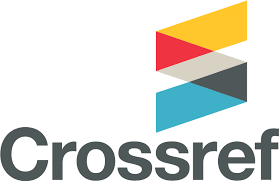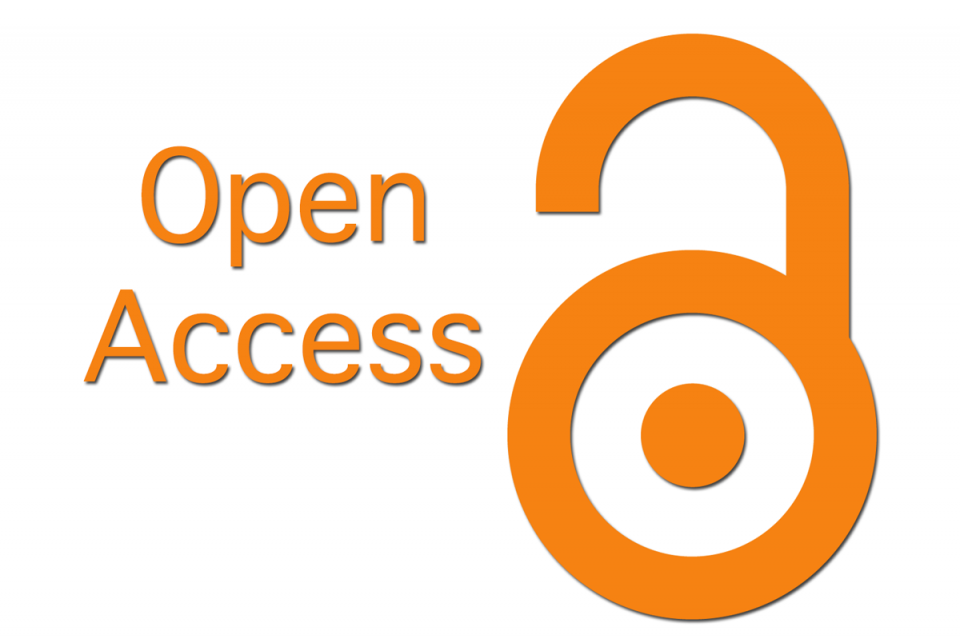Dialogue as Text Containing Emoticons: Jurislinguistic Approach
УДК 81’42 ББК 81
Abstract
The article considers dialogues containing emoticons, which have become case materials of various lawsuits. The key problems for legal linguistics related to the functioning of texts containing emoticons in modern electronic communication are considered: verbalization of emoticons, including online verbalization with the help of specialized emoji-translators, and their interpretation and lexicography. Basing on the considered court cases, the problem of similarity between the text, which includes emoticons, and the verbalized text, which does not contain pictograms, is also formulated. Basing on the analysis of pictogram texts, as well as messages containing emoticons, it has been concluded that the similarity between text with pictographic elements and text that does not contain emoticons can be represented to various degree. Three options are possible: 1) the presence of complete similarity (identity) between the text containing emoticons and the text, which is its exact verbalization; 2) the presence of partial similarity between text with emoticons and text without pictographic elements; 3) lack of similarity between text with emoticons and text without pictographic elements. The degree of similarity between texts arises from the phenomena of polysemy, homonymy and synonymy. The appearance of new meanings in the emoticon leads to the development of synonymy between pictograms, and ultimately to the synonymy of message texts. The homonymy of emoticons can be culture determined, and can also be associated with the broadening and narrowing of the communicative context of the situation from the position of the addresser and addressee of the message. Between the text containing emoticons and the text in which there are no emoticons, there may be a dictum similarity (identity), but at the same time accompanied by mode differences. Thus, the degree of similarity between a text containing emoticons and a verbalized text is determined both ontologically, i.e. by the very use of signs, which are characterized by the presence of multifaceted relationships, and epistemologically, i.e. depends on the social, psychological traits, characteristics and attitudes of persons entering into communication.
Downloads
Metrics
References
Без персиков и баклажанов: Facebook банит за «сексуальные» эмодзи. 2019. URL: https://news.rambler.ru/internet/43077436/?utm_content=news_media&utm_medium=read_more&utm_source=copylink
Войнов Д. А. «Эмодзи» как технология политической коммуникации в Интернете. 2016. URL: https://cyberleninka.ru/article/n/emodzi-kak-tehnologiya-politicheskoy-kommunikatsii-v-internete/viewer
Галяшина Е. И. Семиотика эмотиконов и анимационных картинок в аспекте судебной лингвистической экспертизы / Вестник Университета имени О. Е. Кутафина (МГЮА). – Москва, 2022. – №2. – С. 41-48.
Крылов Ю. В. Семантика эмодзи в виртуальном диалоге / Вестник Омского государственного педагогического университета. Гуманитарные исследования. – Омск, 2017. – №2 (15). – С. 50-52.
Пигина Е. С. Смайлик как элемент эмоционального воздействия в организации общения в сети интернет / Филологические науки. Вопросы теории и практики. – Тамбов, 2013. – № 11 (29): в 2-х ч. Ч. II. – C. 144-146.
Семантические исследования в судебной лингвистической экспертизе : методическое пособие / А. М. Плотникова, В. О. Кузнецов, И. И. Саженин [и др.]; под ред. С. А. Смирновой. Москва, 2018.
Судебно-экспертное агентство. Эмодзи в лингвистической экспертизе. 2020. URL: https://sudagent.ru/publications/emodzi-v-lingvisticheskoy-ekspertize/
Crystal M. A., Ververs B., Khan M. The faces of justice: a study of the interpretation of emoji messages in the court process. 2021. URL: https://www.researchgate.net/publication/349937369_The_faces_of_justice_a_study_of_the_interpretation_of_emoji_messages_in_the_court_process
Danesi М. The Law and Emojis: Emoji Forensics. 2021. URL: https://www.researchgate.net/publication/353421780_The_Law_and_Emojis_Emoji_Forensics
Docrat Z., Kaschula R.H. Forensic linguists explore how emojis can be used as evidence in court. 2020. URL: https://theconversation.com/forensic-linguists-explore-how-emojis-can-be-used-as-evidence-in-court-133462
Govender S. Those smiley face or thumbs up emojis could land you in legal hot water. 2017. URL: https://www.timeslive.co.za/news/south-africa/2017-10-01-those-smiley-face-or-thumbs-up-emojis-could-land-you-in-legal-hot-water/
Harrison S. How Emojis Have Invaded the Courtroom. 2019. URL: https://slate.com/technology/2019/11/emoji-court-cases-crime-free-speech-contract-law.html
Marko K. Exploring the Distinctiveness of Emoji Use for Digital Authorship Analysis. 2021. URL: https://www.researchgate.net/publication/349027349_Exploring_the_Distinctiveness_of_Emoji_Use_for_Digital_Authorship_Analysis
Matulewska A., Gwiazdowicz D.J. Cyberbullying in Poland: a case study of aggressive messages with emojis targeted at the community of hunters in urbanized society. 2020. URL: https://www.researchgate.net/publication/340654518_Cyberbullying_in_Poland_a_case_study_of_aggressive_messages_with_emojis_targeted_at_the_community_of_hunters_in_urbanized_society
Copyright (c) 2023 Яна Дударева

This work is licensed under a Creative Commons Attribution 4.0 International License.
The authors, which are published in this journal, agree to the following conditions:
1. Authors retain the copyright to the work and transfer to the journal the right of the first publication along with the work, at the same time licensing it under the terms of the Creative Commons Attribution License, which allows others to distribute this work with the obligatory indication of the authorship of this work and a link to the original publication in this journal .
2. The authors retain the right to enter into separate, additional contractual agreements for the non-exclusive distribution of the version of the work published by this journal (for example, to place it in the university depository or to publish it in a book), with reference to the original publication in this journal.
3. Authors are allowed to post their work on the Internet (for example, in a university repository or on their personal website) before and during the review process of this journal, as this may lead to a productive discussion, as well as more links to this published work (See The Effect of Open Access).











